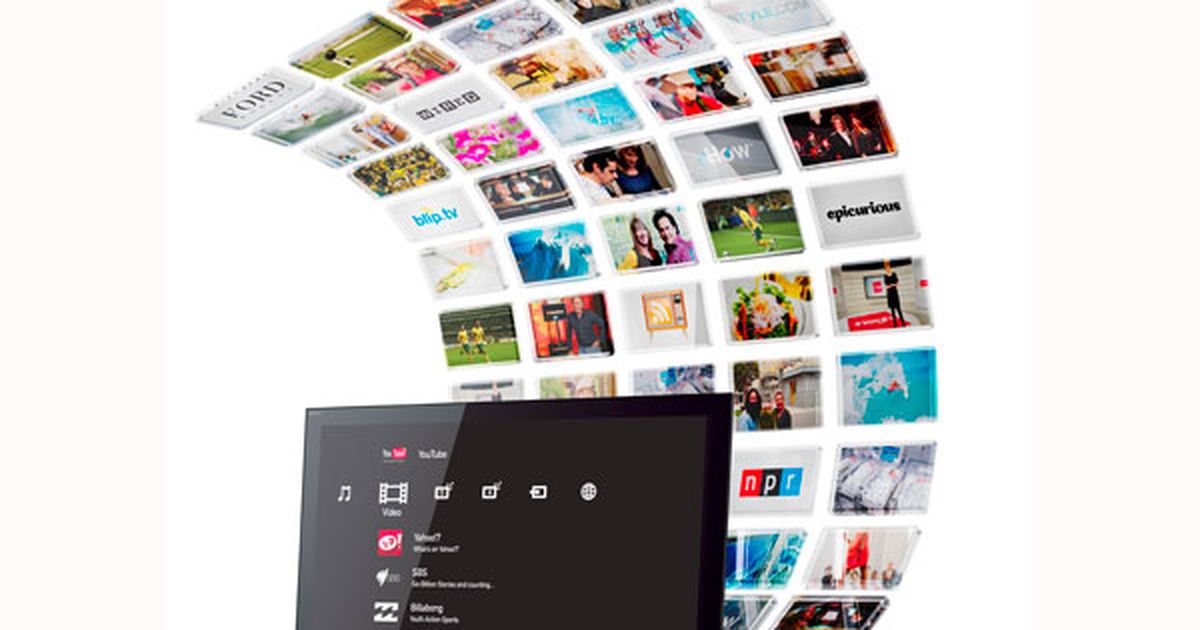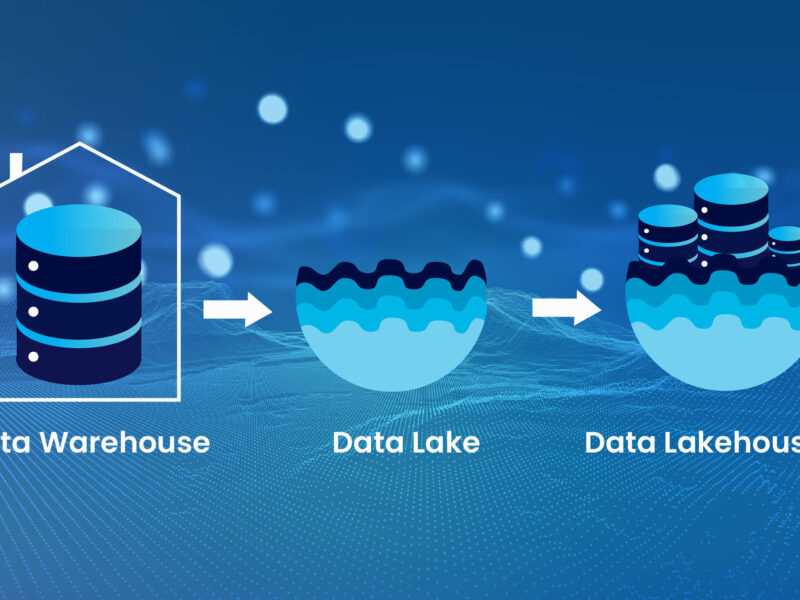The traditional TV programs are broadcast when the radio waves hit the antenna on your home’s rooftop. The antenna transforms the waves back into electrical signals, and your TV decodes it to make a sound and a picture. It is the same way satellite TV works except the signal bounces into space and back. So, how is IPTV working?
Sorting programs:
The hdiptv allows the person to watch his favorite TV shows and movies in high premium quality. When the show’s quality falls, it ruins the whole experience, and a person becomes frustrated. Live programs are streamed the way they are produced. However, pre-recorded programs and movies are stored and streamed on demand. Several VOD services limit the number of programs because it is the one way to limit the overall bandwidth of their service and its impact on the internet.
Preparing programs:
First, TV programs (either captured live or prerecorded) need to be converted into a digital format through internet protocols. Sometimes, the original format is in digital format, while the other time is standard analog form. TV pictures need extra processing from analog to digital format. Due to current limitations on bandwidth, videos are required to be compressed into small files so the iptv server can stream it without buffering.
Streaming programs:
When you browse a website, you make a temporary link between two computers. Because when you suck information from one computer, your computer helps you pull out the information with the server’s help. The server links directly to an IP address that corresponds to the website you are looking for. The client and server have an intermittent conversion in which the client requests the server all the files that need to build the page. Servers are fast and powerful, and many clients can download them. This kind of ordinary download connection between one client and one server is known as IP unicasting.
IP multicasting:
When you play programs and download them, it is known as streaming. Clients put burden and load on the server that causes frequent buffering and unacceptable delays. When you stream, you use a different kind of downloading known as IP multicasting. In this, each packet leaves the server only once and is sent to various destinations. Thus, it sends the information to as many clients as it can easily to a single client. For example, if 1000 people are watching the world cup at the same time, they are getting the packets of streaming videos from a single server. When a person switches to another TV show to watch it, effectively he switches over from one IP multicast group to another. In this demand, he gets a different video stream.
Constant delivery networks:
The Internet has worldwide demand that makes it difficult to send information equally as reliable. For this purpose, providers use synchronized, worldwide networks on the server, refer as content delivery networks (CDNs). It keeps the mirror copies of the same data and helps people to stream different channels globally.


